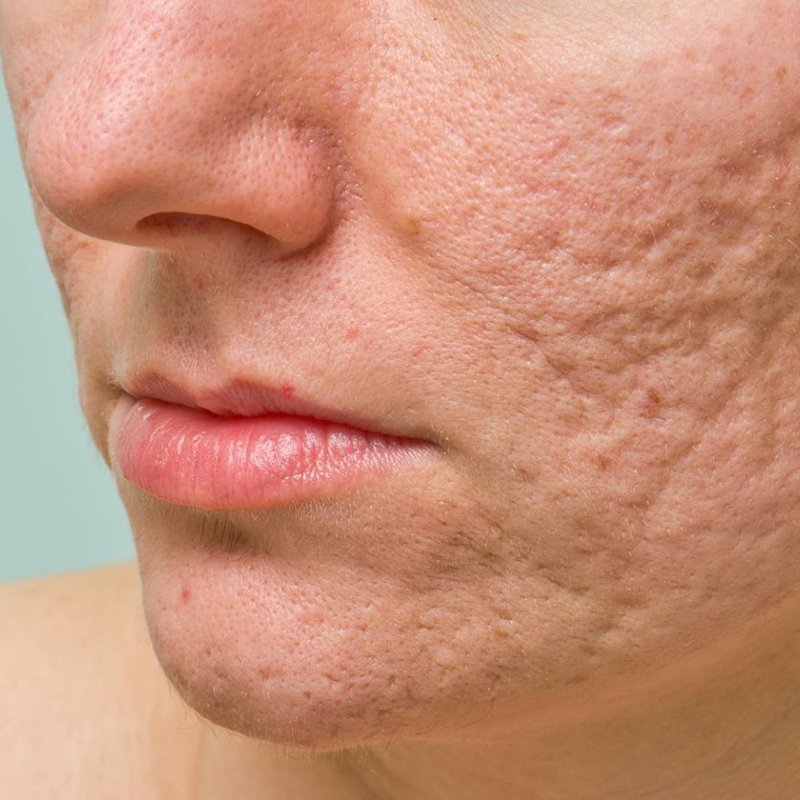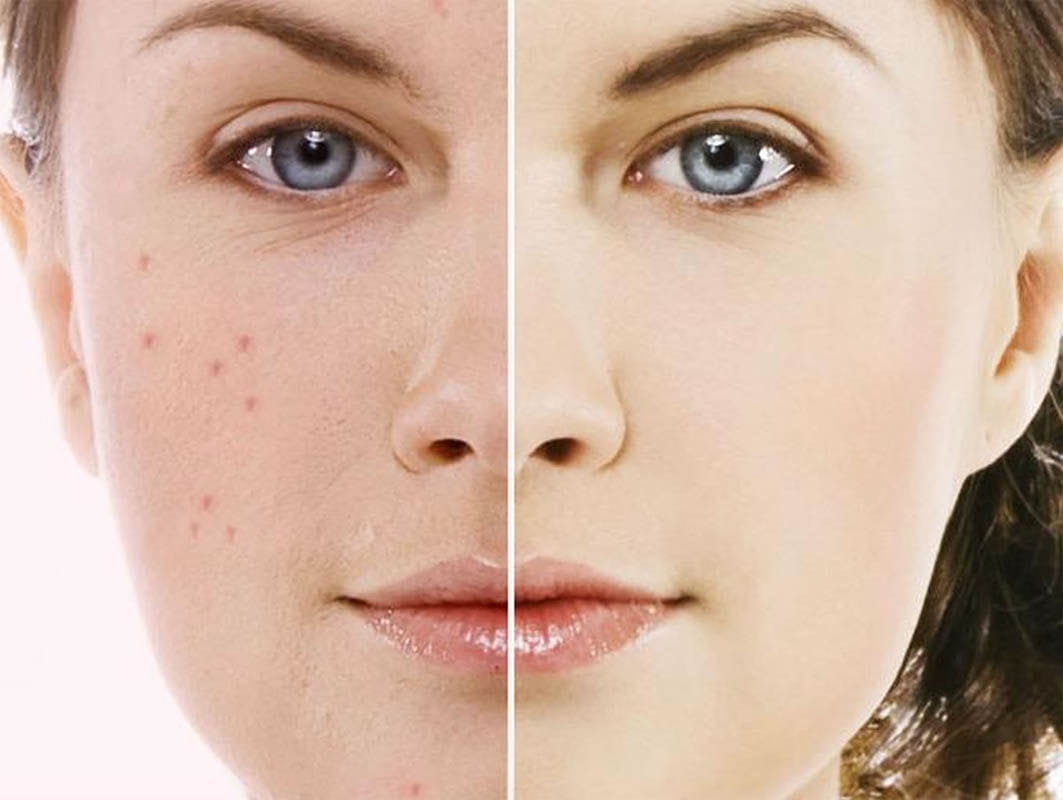Treatment of skin lesions from acne
Acne can appear on the face and neck, in the interscapular region, on the back and in the upper chest. Acne or acne is the formation of inflammatory elements on the skin – compacted reddened bumps (papules) and black dots, purulent white heads with redness around. If the elements are injured, squeezed out or do not heal well, post-inflammatory, cicatricial, pigmentary changes form on the skin – this is post-acne.
Causes of appearance and areas of post-acne localization
The skin is the largest organ in the human body, and it has a complex structure. In addition to the epithelial cells that form a continuous skin, there are also hair follicles, sweat and sebaceous glands. It is the glands that secrete sebum and form a protective hydrolipidic mantle on the surface of the epithelium that suffer during the development of acne.
To begin with, it is important to understand why acne occurs. In case of malfunction of the sebaceous glands, the epithelium in the area of the ducts thickens, the lumen of the gland narrows and sebum cannot be regularly and fully released through the pores to the surface.

Then the fatty secret lingers inside the duct of the gland itself, which provokes inflammation with the participation of microbes that are constantly present on the surface of the skin, making up its microflora.
The process of acne formation goes through certain stages: comedones are initially formed – an increase in the size of the sebaceous gland. Nodules are formed in the skin with an irritated mouth of the sebaceous gland. As the process develops, black dots form in the center, and a violation of the outflow of sebum, the activity of microbes, and the work of leukocytes during inflammation lead to the formation of purulent heads (pustules).
By themselves, these elements can leave behind scars, skin irregularities, and if they are additionally injured, if you squeeze out black dots or purulent heads, the inflammation only intensifies, the purulent contents can pass to neighboring areas of the skin.
So that inflammation does not spread, more and more tissue areas are not damaged, and pus does not penetrate into neighboring zones, inflammatory changes form around the damage to the sebaceous gland.
Puffiness occurs in the pimple area, collagen production is stimulated, cicatricial changes are formed: connective tissue elements are formed, new capillaries grow, which gives redness, the work of pigment cells is stimulated – age spots are formed – persistent and with uneven edges.
Especially often problems occur on the face, mainly in the forehead, on the nose and on the cheeks, on the chest, they also appear in the décolleté or on the back.
Redness disappears over time, pigmentation becomes not so bright, scars can atrophy, forming dimples, or, conversely, become convex and rough.
Ways to get rid of post-acne
The intensity of post-acne is directly related to the severity of acne. Therefore, it is important to work not only to eliminate the consequences, but also to prevent the appearance of new elements on the skin. It is necessary to fight acne itself, eliminating its main causes.
If acne appears again and again, the prognosis of post-acne treatment is doubtful, inflammation will generate new scars. Therefore, work with an experienced dermatologist-cosmetologist is required.
Most of the work to restore, smooth the skin and eliminate scars is carried out by a cosmetologist, but certain activities can be performed at home. Moreover, only an integrated approach will give the most maximum results.
What treatment methods are used in a cosmetology clinic
Although homemade recipes help in the fight against post-acne, you should not think that only due to them you can eliminate all problems. Home methods act on the uppermost layers of the skin and reduce only minor defects.
Modern cosmetic procedures will help get rid of deep scars, pigmentation and irregularities. But don’t expect instant results.

Treatment methods are selected individually and comprehensively. The more severe the initial problem and the larger the affected area, the longer the treatment will be.
To achieve maximum smoothness of the skin and an even complexion or eliminate defects on the body, you need a whole series of procedures, complemented by home care and carefully selected cosmetics. On average, the first noticeable results will be visible in 1-2 months with the regular implementation of all necessary therapeutic measures.
In the presence of tuberosity, a decrease in skin tone, pigment or stagnant spots, peelings come to the rescue. There are a lot of options for procedures: these can be mechanical peels (compositions with herbs, small dense particles) and chemical peels (with retinol, glycol, resorcinol or other compounds).
With mechanical peeling, the effect of cleansing and exfoliation is achieved due to mechanical scraping by the particles that make up the upper layer of the skin with obsolete epithelial cells.
With chemical peeling, a similar effect is achieved due to chemical cauterization of the upper layer of the epidermis, which leads to its subsequent rejection with peeling.
The cosmetologist selects peels according to your needs and strictly follows all the rules for their implementation in order to achieve the maximum effect and avoid side effects. On average, the first results are visible after 5-6 procedures.
A more effective analogue of peeling is laser skin resurfacing. The doctor performs the procedure with a special laser unit with a strictly specified wavelength in order to influence the skin at the required depth without damaging neighboring tissues. The laser beam cauterizes the skin, the treated areas are actively exfoliated, which allows stimulating the regeneration of new tissues, more even and smooth.
